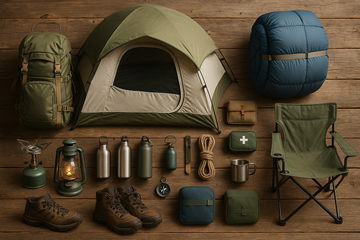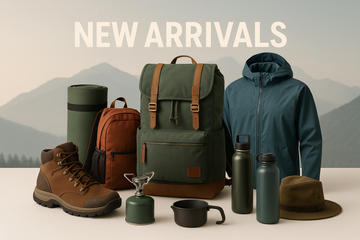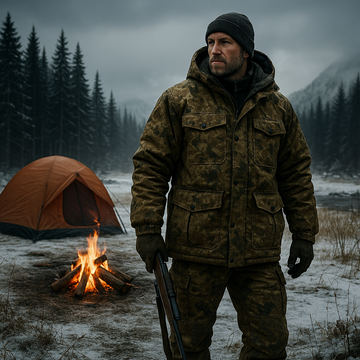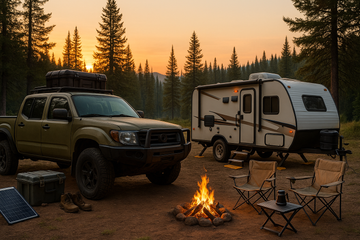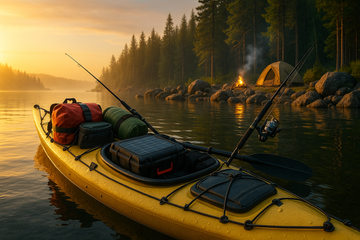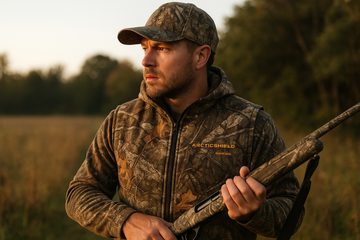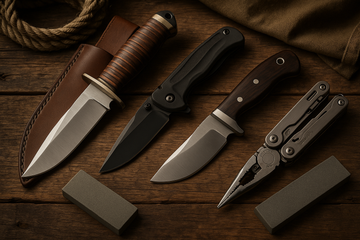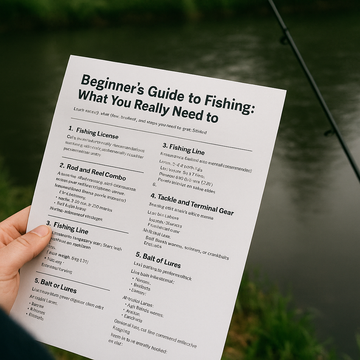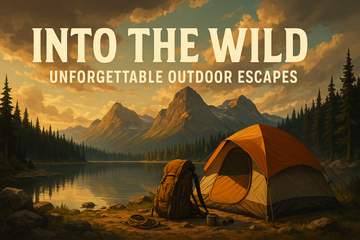Sharp Decisions for the Outdoorsman
Whether you’re dressing game in the field or building shelter in the backcountry, your knife is one of the most critical tools in your kit. But not all blades are created equal. In this guide, we’ll help you choose the right hunting and survival knife based on use case, blade type, materials, and carry preferences—so you can stay prepared, efficient, and safe in any wild scenario.
1. Fixed Blade vs. Folding Knife
-
Fixed Blade: Ideal for heavy-duty tasks like skinning, batoning wood, prying, and combat situations. They offer strength, simplicity, and ease of cleaning. Great for survivalists and serious hunters.
-
Folding Knife: More compact and easier to carry. Best for everyday carry (EDC), light game processing, and utility tasks around camp.
If you can only carry one knife for survival, a fixed blade is your best bet.
2. Blade Shape Matters
-
Drop Point: Excellent all-purpose shape. Strong tip, good for skinning and slicing.
-
Clip Point: Sharper point, better for detail work or piercing.
-
Tanto: Great for stabbing and tactical use, but not ideal for slicing.
-
Gut Hook: Specialized for field dressing game quickly and cleanly.
Most hunters opt for a drop point or gut hook for maximum versatility.
3. Steel Type and Edge Retention
-
High Carbon Steel (e.g., 1095): Excellent edge retention and easy to sharpen in the field. Prone to rust if not maintained.
-
Stainless Steel (e.g., 440C, S30V): More corrosion-resistant, great for wet conditions, but sometimes harder to sharpen.
-
Tool Steel (e.g., D2, A2): A solid hybrid with strength and edge retention.
For wet environments, stainless or coated high-carbon steel is preferred.
4. Full Tang vs. Partial Tang
-
Full Tang: The blade extends through the handle. Offers superior durability for heavy use and survival conditions.
-
Partial Tang: Lighter and less expensive but prone to breaking under stress.
Stick with full tang for any knife that will see serious action.
5. Handle Ergonomics and Grip
-
Choose handles made from micarta, G-10, rubber, or textured polymer for a solid grip in wet or gloved conditions.
-
Avoid slick wood or overly smooth metal handles for field use.
Fit matters: try the grip before you trust the blade.
6. Sheath and Carry Options
-
Look for MOLLE-compatible or belt-loop sheaths with secure retention.
-
Kydex and leather are both excellent choices depending on your style and climate.
A good knife is only useful if you can access it quickly.
7. Best Knife Brands for Outdoorsmen
-
Benchmade: Precision and top-tier steel.
-
ESEE: Rugged survival blades for serious field use.
-
Buck Knives: Affordable, reliable classics.
-
Gerber & CRKT: Tactical, budget-friendly, and compact options.
Final Thoughts: Invest in Your Edge
The right knife can save your life, feed you, or simply make every outdoor task easier. Take your time selecting one that fits your skill level, environment, and mission type. It should feel like an extension of your hand—not just another piece of gear.
Need a blade that lasts? Browse our field-tested hunting and survival knives at Outdoors.Supply and arm yourself with proven performance.
